ETag Redis Caching: Boost API Speed with Smart Validation
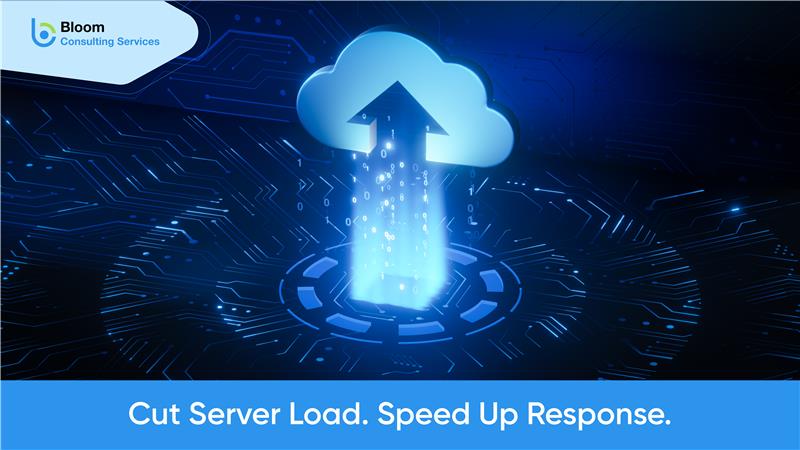
Table of Contents
What Problem Do Repeated GET Requests Cause?
In one of our high-traffic applications, we noticed a recurring issue. Our backend APIs were getting flooded with repeated GET requests for the same data. Even though the data hadn’t changed, every request was still hitting the database. This is where ETag Redis caching became the foundation of our solution.
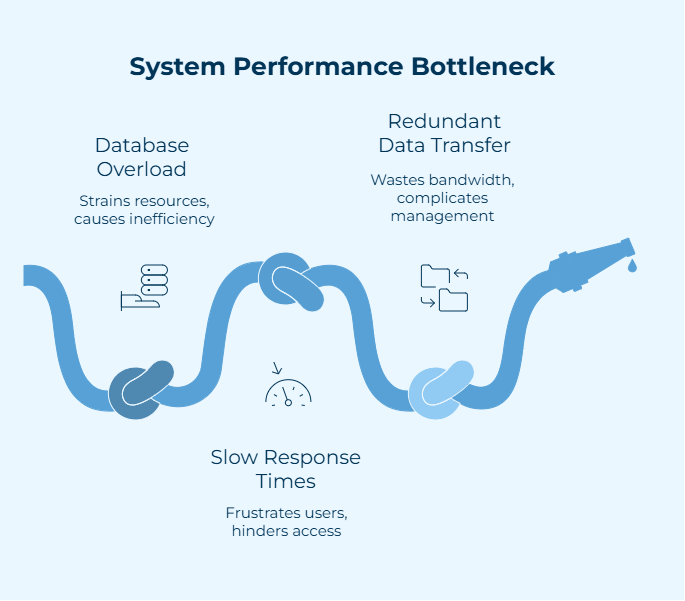
The repeated calls caused three critical problems:
- Unnecessary database load
- Slower response times
- Redundant data being sent repeatedly
We needed a smarter way to handle these requests and improve efficiency.
How Does ETag-Based Cache Validation Work with Redis?
To solve this, we implemented ETag-based cache validation using Redis. For every GET request, Redis was checked first:
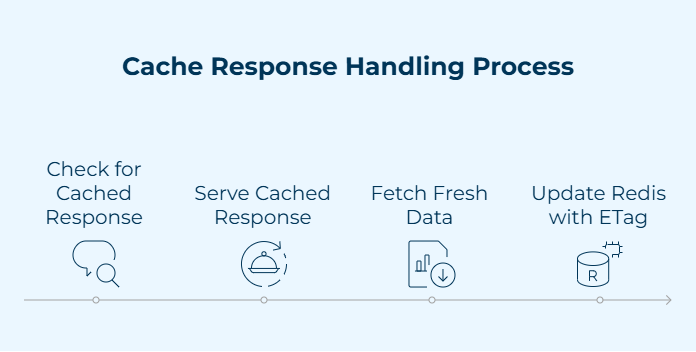
- If a valid cached response was available, it was served instantly.
- If not, fresh data was fetched, and Redis was updated with a new ETag.
This simple mechanism reduced database calls while ensuring that users always received the latest data. The combination of validation logic and Redis made ETag Redis caching highly effective.
How Does ETag HTTP Caching Reduce Redundant Data Transfers?
Each response was tagged with an ETag, a hash derived from the content. Clients included this ETag in subsequent requests, and the server compared it with the one stored in Redis.
- If the ETag matched ➜ return 304 Not Modified
- If it didn’t match ➜ fetch updated data and refresh the cache
This approach, often referred to as ETag HTTP caching, minimized unnecessary data transfer. Integrating it with Redis gave us a strong performance boost through ETag Redis caching.
Why Use Redis Smart Caching with ETag?
We extended this further with Redis smart caching with ETag. Redis handled fast retrieval, while ETags maintained freshness. This helped us:
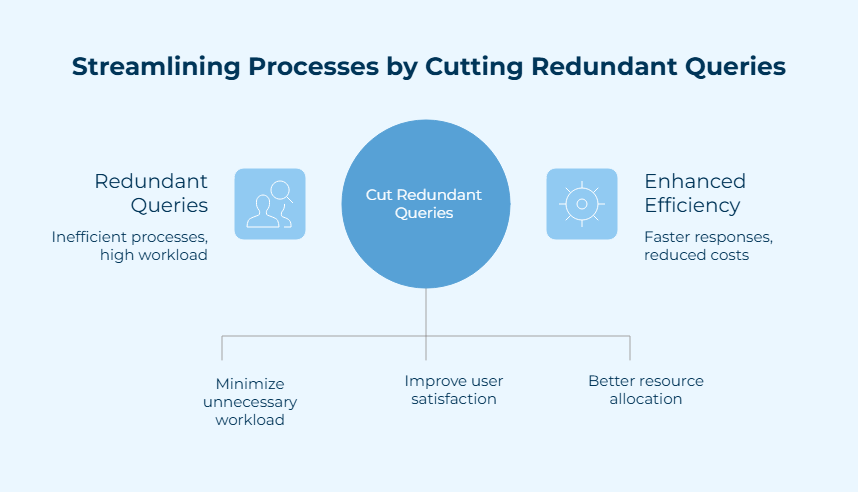
- Cut redundant queries
- Deliver faster responses
- Reduce infrastructure costs
With these improvements, ETag Redis caching gave us a scalable and reliable caching solution.
What Is the Advantage of HTTP 304 Caching with Redis ETag?
One of the biggest wins came from bandwidth savings. With HTTP 304 caching Redis ETag, clients no longer had to re-download unchanged data. Instead, they received lightweight “Not Modified” responses, making applications more responsive while reducing server load.
What Results Did We Achieve?
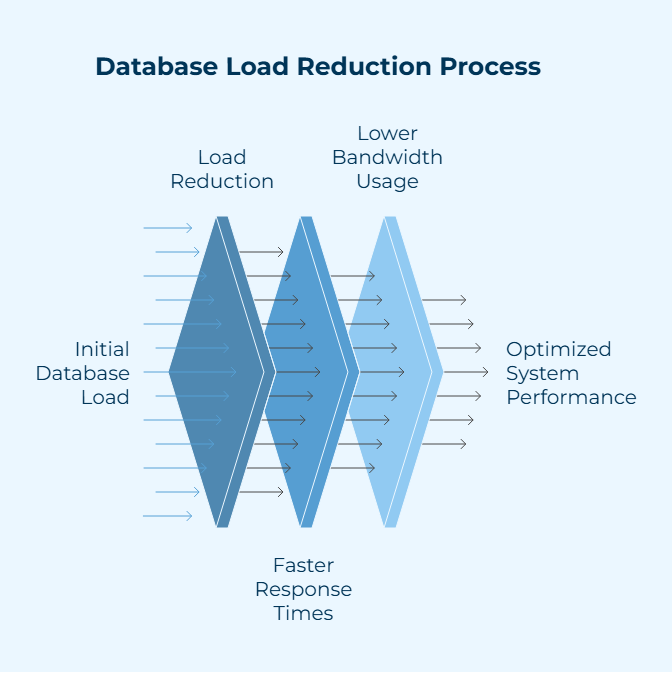
- Database load reduced significantly
- Faster response times for repeated requests
- Lower bandwidth usage with 304 Not Modified responses
Conclusion
Sometimes, the most effective optimizations are the simplest ones. By combining ETags with Redis, we created a caching strategy that was efficient, scalable, and cost-friendly. For systems where data doesn’t change every second but is frequently requested, this solution is invaluable.
Frequently Asked Questions
Q1. What is ETag Redis caching and why is it important?
It combines HTTP ETags with Redis to optimize API performance. Redis stores cached responses, and ETags help validate if the data is still fresh. This reduces unnecessary database queries, improves response times, and minimizes bandwidth usage.
Q2. How does ETag-based cache validation help?
ETag-based cache validation ensures that data is only fetched from the server when it has changed. If the client’s ETag matches the one stored in Redis, the server simply returns a 304 Not Modified response, saving both processing power and network resources.
Q3. Can Redis smart caching with ETag improve scalability?
Yes, Redis smart caching with ETag improves scalability by handling repeated requests more efficiently. It prevents redundant database hits, reduces load on backend systems, and ensures consistent high-speed responses — even under heavy traffic.



